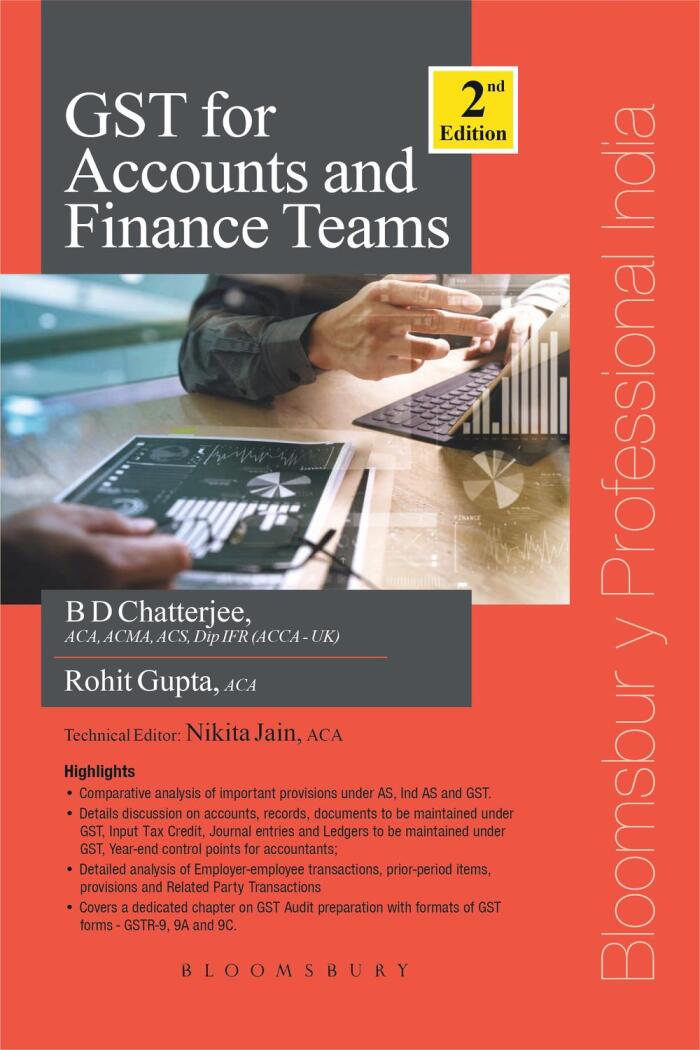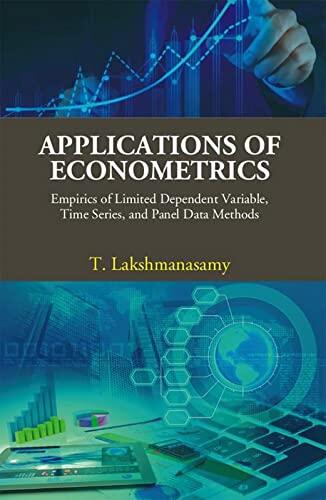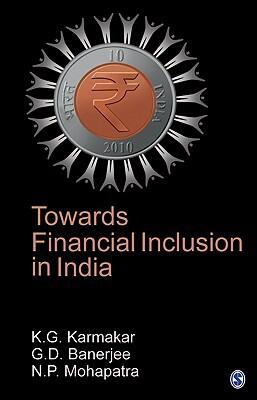
GST for Accounts and Finance Teams
لا توجد تقييمات بعد
Business & Economics
تنسيق
كيندل
صفحات
540
لغة
الهندية
منشور
Jan 1, 2020
الناشر
Bloomsbury India
الطبعة
1
رقم ISBN-10
9390077753
رقم ISBN-13
9789390077755
الوصف
In a world where tax regulations are continuously evolving, understanding the intricacies of Goods and Services Tax (GST) has become essential for finance and accounting professionals. This insightful work offers a deep dive into the implications and operational nuances of GST, emphasizing its importance for maintaining compliance and strategic financial planning within organizations. As businesses navigate through the complexities of tax reform, this guide provides valuable perspectives for effectively integrating GST into accounting practices.
The authors, B D Chatterjee and CA Rohit Gupta, bring expertise from their extensive backgrounds, making complex tax concepts accessible and engaging. With clear explanations and real-world examples, they break down the various components of GST, leaving no stone unturned. Each chapter is crafted to equip readers with the knowledge and tools needed to confidently manage GST-related responsibilities while maximizing financial efficiency.
Additionally, the book addresses common pitfalls and challenges that accounts and finance teams often encounter when adapting to GST. By highlighting practical strategies and best practices, the authors empower professionals to anticipate issues before they arise, ensuring smoother operations in their organizations.
Ultimately, this resource is an invaluable asset for anyone looking to deepen their understanding of GST, whether they are seasoned professionals in accounting or newcomers eager to learn the fundamentals. The insights provided are not only relevant in the current climate but will serve as a lasting reference in the ever-evolving landscape of taxation.
The authors, B D Chatterjee and CA Rohit Gupta, bring expertise from their extensive backgrounds, making complex tax concepts accessible and engaging. With clear explanations and real-world examples, they break down the various components of GST, leaving no stone unturned. Each chapter is crafted to equip readers with the knowledge and tools needed to confidently manage GST-related responsibilities while maximizing financial efficiency.
Additionally, the book addresses common pitfalls and challenges that accounts and finance teams often encounter when adapting to GST. By highlighting practical strategies and best practices, the authors empower professionals to anticipate issues before they arise, ensuring smoother operations in their organizations.
Ultimately, this resource is an invaluable asset for anyone looking to deepen their understanding of GST, whether they are seasoned professionals in accounting or newcomers eager to learn the fundamentals. The insights provided are not only relevant in the current climate but will serve as a lasting reference in the ever-evolving landscape of taxation.



















